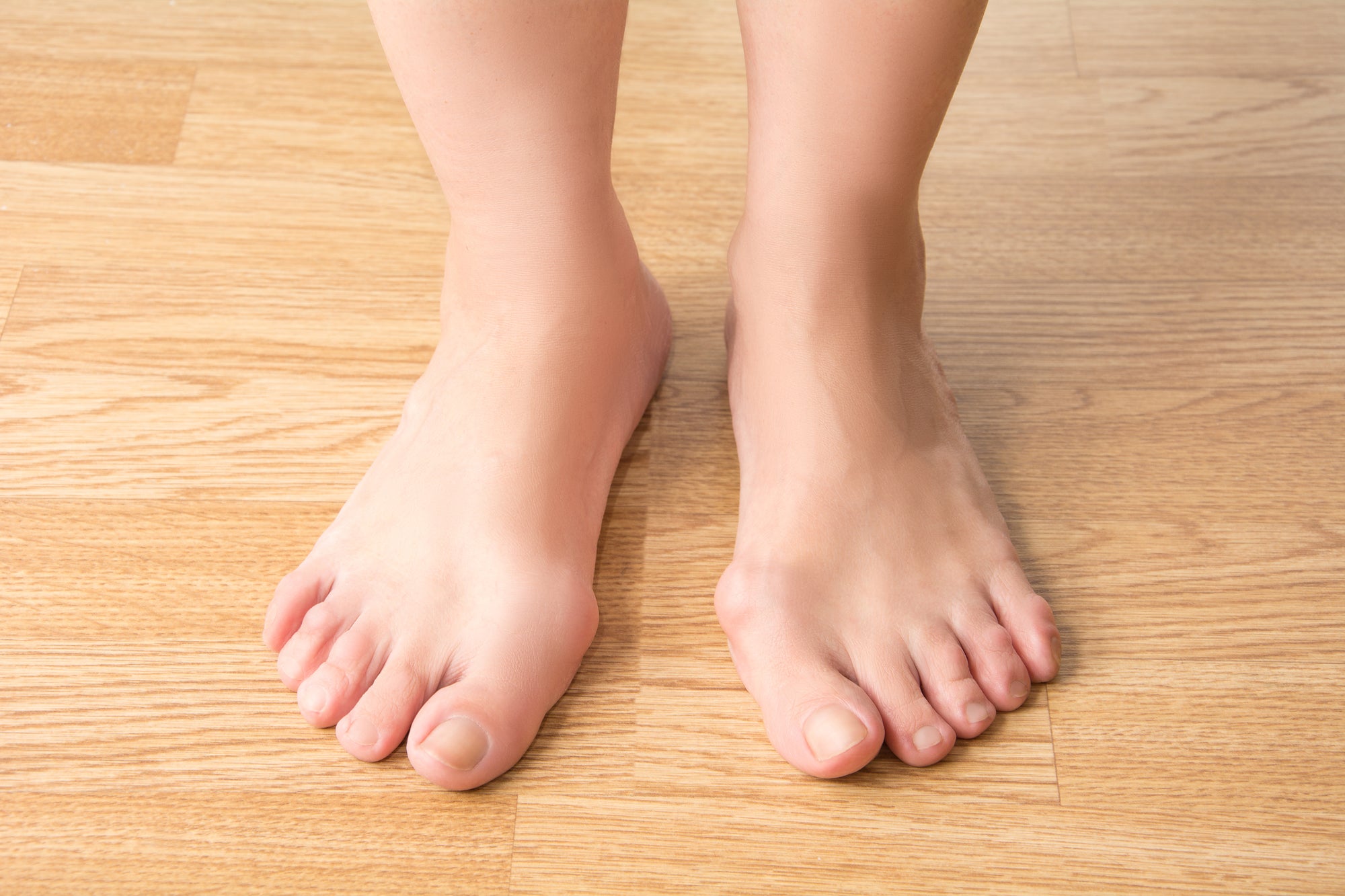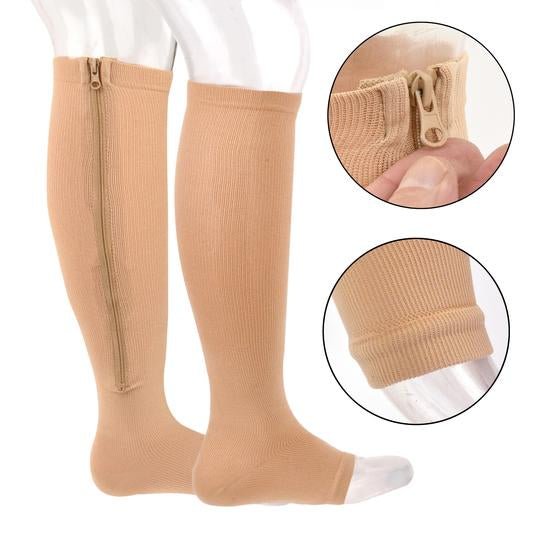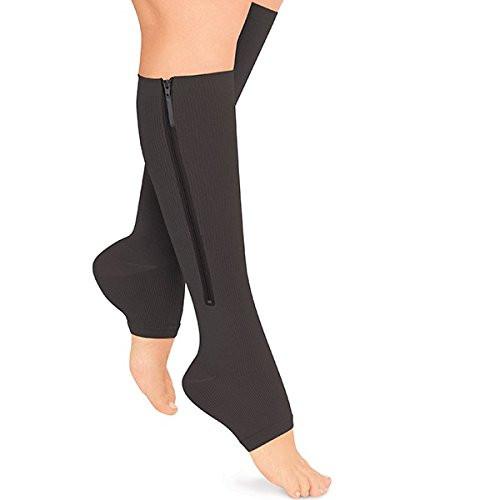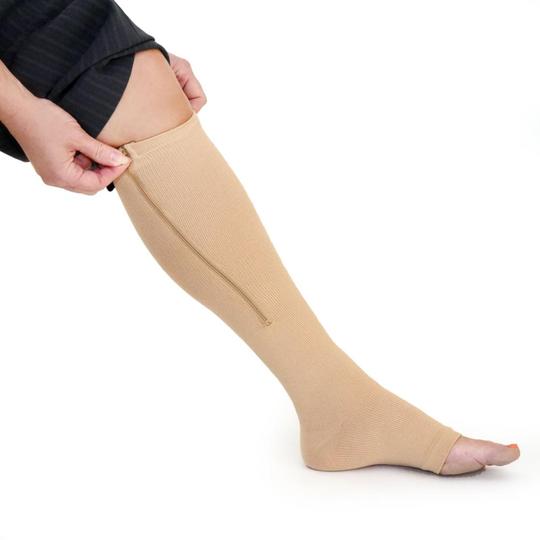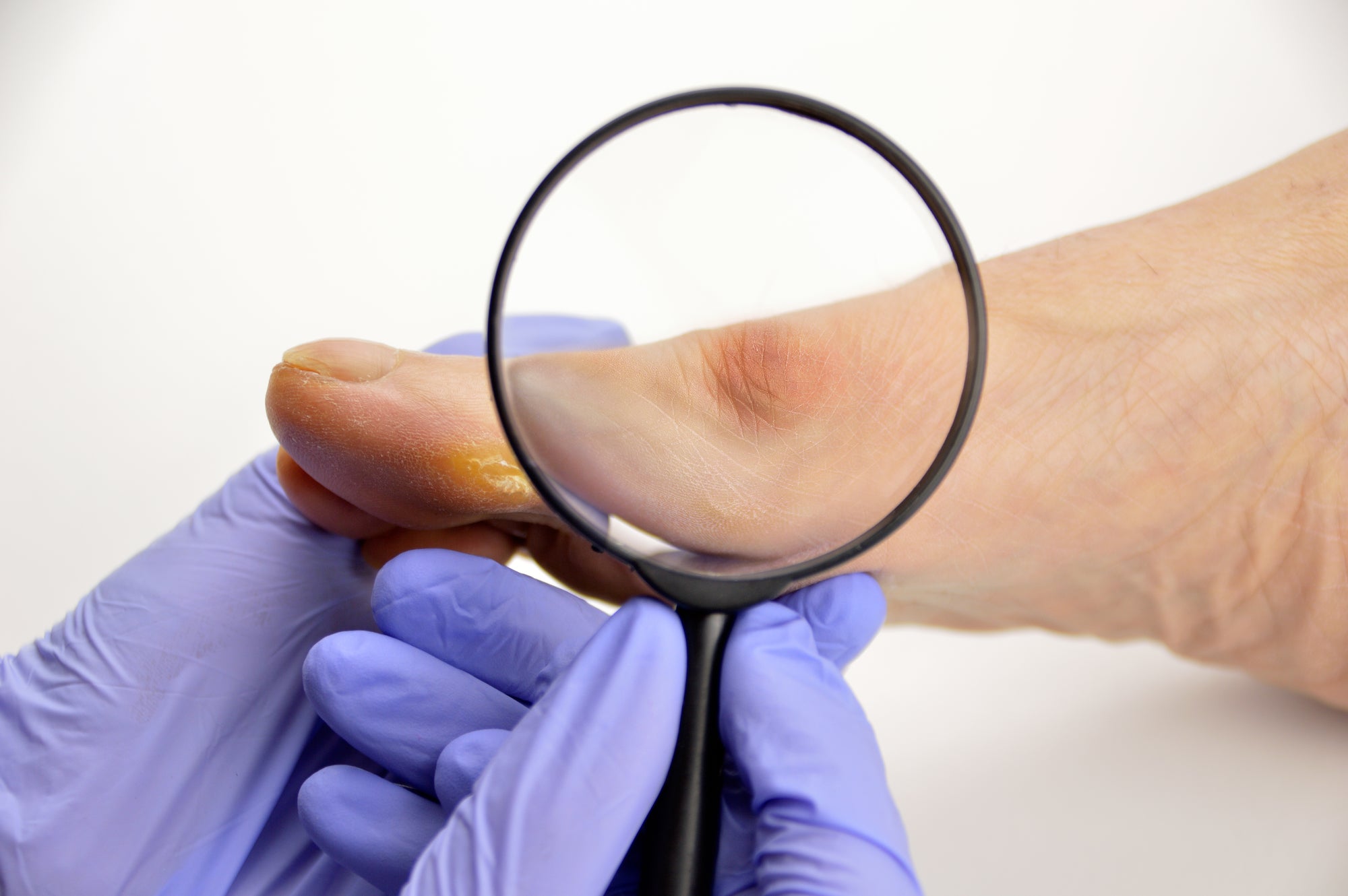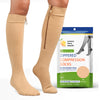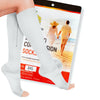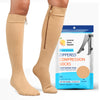Conditions involving joint or bone pain and inflammation can be seriously debilitating and trying. Having constant discomfort that can’t be completely soothed with an over-the-counter medication can put a serious damper on your quality of life. What could make this worse? The need to support your bodyweight with the area subjected to this pain and walk on it on a daily basis. Bone and joint conditions related to the foot can be a serious hindrance to taking a stroll in the park, playing with the kids or even getting up out of bed.
One of the most common bone and joint ailments related to the feet are bunions. Bunions begin with a leaning of the big toe or little toe and progress to a large bump on the side of your foot which can grow and get more painful. There can be a lot of fear for the future in progressive disorders such as bunions, but there are many steps you can take to reduce pain and swelling, and even start to reverse the process. Since bunions are almost a purely skeletal affliction (besides any rubbing or irritation from contact between foot and shoe/socks) there are several treatments available not only to stop the bunion from becoming worse, but also to help re-align the structural elements of your foot that have caused the bunion in the first place. First, let’s break down what bunions are; understanding the ailment will give you a better idea of how to fix it, and how to prevent future pain.
What Are Bunions?
Bunions are a disorder involving the skeletal structure of the foot, and occur on the side of the foot. A bunion on the side of the big toe is more common than on the side of the pinky toe, but the latter are in plentiful existence. Bunions are a progressive ailment, which means that they build up over time; and, depending on if they are treated or not, will continue to get worse and worse. Bunions start off with a leaning of the big toe or little toe, and as the condition progresses, or worsens, your foot can develop a noticeable bump on the outside, which can become painful and troublesome when it comes in contact with your shoes and the friction produced as a result. Bunions are relatively common; and as such, there is quite a bit of misinformation out there regarding how to treat them. Unfortunately, as bunions are a skeletal affliction, the only homeopathic remedies that will have any effect are ones that have the properties of pain relief and anti-inflammation, with no long-term relief to be found.
Bunions, though they can be unsightly, are far from a purely cosmetic issue. The symptoms of bunions are plentiful, and range from moderate to severe, depending on the progression of the afflicted area. The first symptom, and the one that is the most nefarious, is pain. The pain of bunions starts as mild, but can grow to be extremely severe, especially if you do a lot of walking throughout your day. This is the reason why foot injuries are so severe – the pain can seriously hinder your mobility and be a constant source of agony until effective treatment is administered. The second symptom of bunions is inflammation – bunions can swell up to large sizes, which intensifies pain. Having a large protrusion coming out of the side of your foot rubbing on your work boots all day is not a recipe for harmony below the knees. In addition to pain and swelling, a burning sensation often accompanies bunions. As with pain and swelling, this burning sensation will progress as the bunion grows and faces consistent irritation. The last symptom is numbness. Pain is the way your body tells you that something is wrong – numbness is much more of a concern, because the feeling is gone, and your body loses the ability to communicate to you. Numbness occurs in the late stages of bunions, when they have already progressed and have turned into large bumps on the side of the foot.
Bunions are diagnosed via a foot examination by your doctor. The first telltale sign that a bunion has developed or may be developing is the misalignment of your toes, or other structural faults in the anatomy of your foot. After an X-ray your doctor can more accurately describe to you the cause of the bunion and some of your options for treatment. The position of the bunion, and the position of the bones in your feet will have the determining factor in how treatment should be administered, if any treatment should be administered at all, depending on the severity of your condition. An X-ray can also help determine the rate of progression of your bunion and how severe it has the potential to become. These are important forecasting tools for giving you a better idea of treatment options and your individual path to reducing foot discomfort.
What are the Causes of Bunions?
You inherit several things from your parents. In your genetic code, you get the genes for your eyes, hair, height and many, many other things. One of these other things happens to be the bone structure of your body, including your feet. The bone structure in your feet is responsible for bearing the load of your bodyweight, spreading the pressure of walking, running and standing appropriately throughout the foot, keeping a solid base and keeping the toes aligned. People develop bunions when the bone structure in their feet fails that last job: keeping the toes aligned. When the toes slip out of alignment, they overlap and bunions form. This is why bunions aren’t merely a quick-fix condition – it’s a long battle.
The condition starts most commonly when the big toe begins to point towards the middle toe instead of straight ahead. The metatarsal on the big toe starts to turn; and, as it falls further and further out of alignment, it creates a bigger and bigger bump on the side of the foot. Without treatment or some kind of bracing, the toe will continue to turn out and the bump will grow and become more painful. Although footwear isn’t a direct cause of bunions, wearing shoes that are too tight around the toes will exacerbate the problem and cause the bunion to progress much faster. Shoes with high heels and pointed toes will be the biggest bullies to your bunion and can lead to some serious pain. When purchasing footwear, make sure there is ample room in the toe box for your toes. This may mean purchasing extra wide shoes as a precaution, but it is a precaution well worth taking if you have some bunion activity going on with your feet. Think snug and comfortable, but not too tight when tying/lacing up a new pair shoes. Narrow/tight shoes can irritate the skin on your foot surrounding the bunion, while also increasing the bunion’s progression.
How Can Bunions Interfere with Daily Life?
There are many people out there who have bunions and suffer no ill side effects – everyone’s bone structure is slightly different, and will yield certain outcomes if bunions do develop. However, for the rest of the afflicted, it’s not so easy. Many people think of bunions as a bump on the foot and nothing more, but a displaced bone isn’t exactly a strong example of a pain-free anatomy. Think of the back, and how an injury is generally accepted as severe with the expectation of follow up treatments and visits to the chiropractor to make sure that things are getting along well, with the inclusion of continuing treatment in the form of stretching and exercise. Although the foot is not as complicated as the back, a foot injury should be treated similarly
One of the biggest factors of daily life affected by bunions is walking. People with large, painful bunions often begin walking differently to alleviate some of the pain associated with getting around. This difference in walking is usually an unhealthy one, and it can cause eventual misalignment in the ankles, knees and hips. If there is an imbalance in the lower body, it will almost always translate into the upper body, creating postural disorders that can lead to long-lasting pain or permanent injury. Two of the main postural disorders that can occur from the lower-body imbalances caused by an unhealthy change in walking style are lower-crossed syndrome and upper-crossed syndrome. Lower-crossed syndrome is characterized by tight hip flexors and lower back with weak abs and glutes. Lower-crossed syndrome, if left uncorrected can cause long-lasting pain in the knees, hips and lower back. Add those onto foot pain and you’ve basically just filled out a hefty check to your physical therapist. Upper-crossed syndrome is recognized by a tight chest and trapezius (upper back), with weak neck muscles and weak shoulders and lower trapezius (the muscle on your back at shoulder level). This condition is the bane of office workers, as it is often a result of hunching over a computer desk for too long without stretching; however, it can also be caused, or worsened by imbalances in the lower body. A forward head and hunched back result from this disorder, and it can cause shoulder pain, upper back pain, neck pain and frequent headaches and migraines.
With walking being an issue for people with serious bunions, many forms of exercise will be off the table as well. Exercising is essential to lead a fit and healthy lifestyle, keep your bodyweight in check, ensure your heart stays healthy and keeping your muscles strong, mobile and flexible to grant you better quality of life as age sets in. Running, weightlifting and most other forms of exercise can be extremely painful with untreated bunions. The exercise will make the bunion worse if it is a mode of exercise that irritates it, then compensatory shifts in form and posture will occur, making the exercise even worse for you, which creates a slippery slope of compounding problems. Aside from those problems, lacking the ability to exercise can lead to weight gain if a healthy diet is not in place. Significant weight gain will place more pressure on the bunion and cause it to progress faster, which means more pain and inflammation occurring earlier and worse than it would have otherwise.
While all of these postural disorders can cause pain further down the road, the initial pain will be the pain caused by the bunion itself, and the irritation it faces as you walk. Having a constant source of pain throughout your day can make it difficult to focus on tasks and can cost you a pretty penny in pain medication to keep it manageable – this is another reason why early diagnosis and treatment should be sought if possible. Luckily, there are several treatment options out there for bunions, ranging everywhere from anti-inflammatory medicines to, as an extreme last resort, surgery. Let’s take a look at some of these treatment options to minimize pain, swelling, redness, numbness and progression in your bunions.
Check out Part 2 of this post where we talk about bunion relief methods that actually work.

